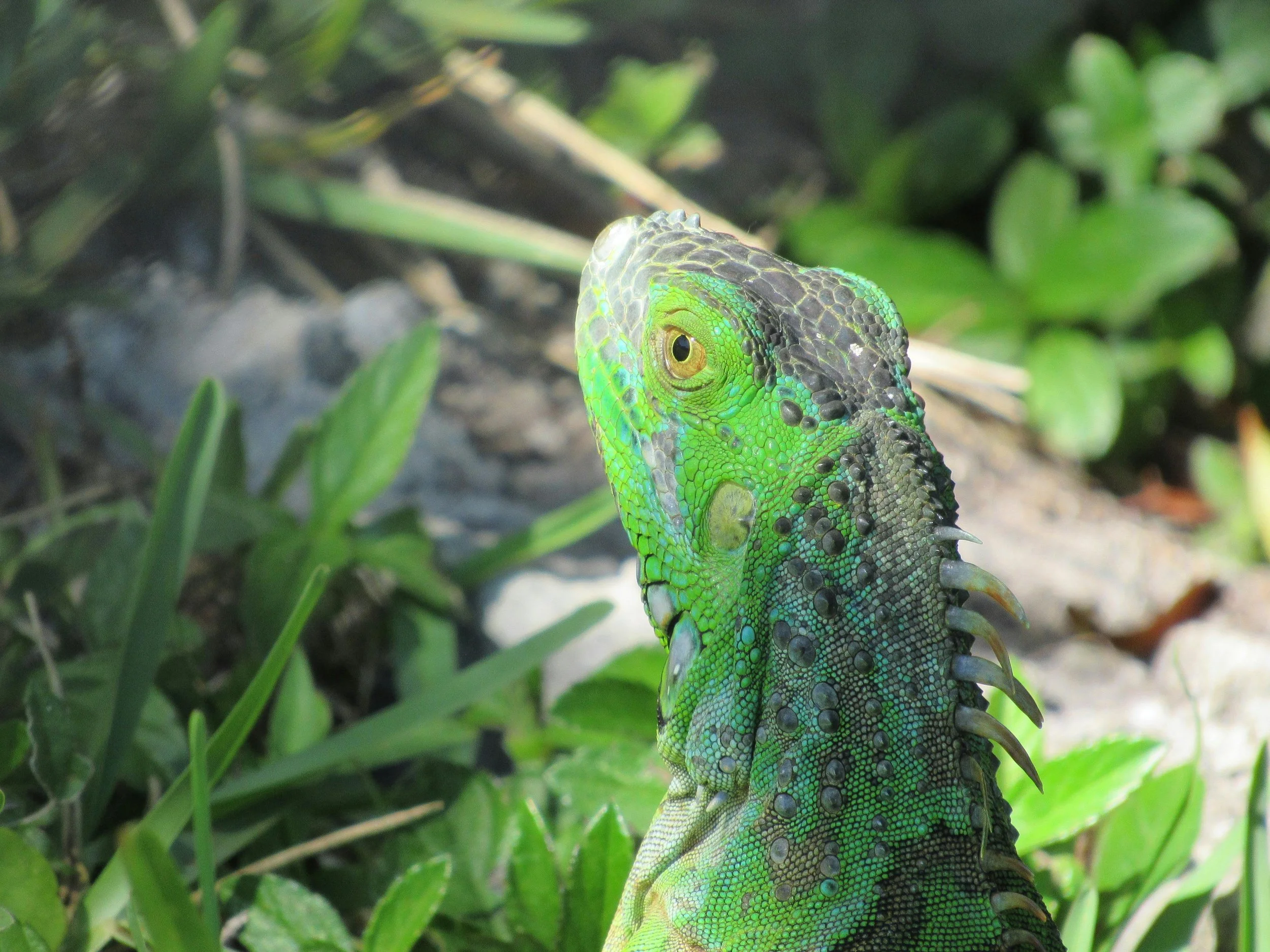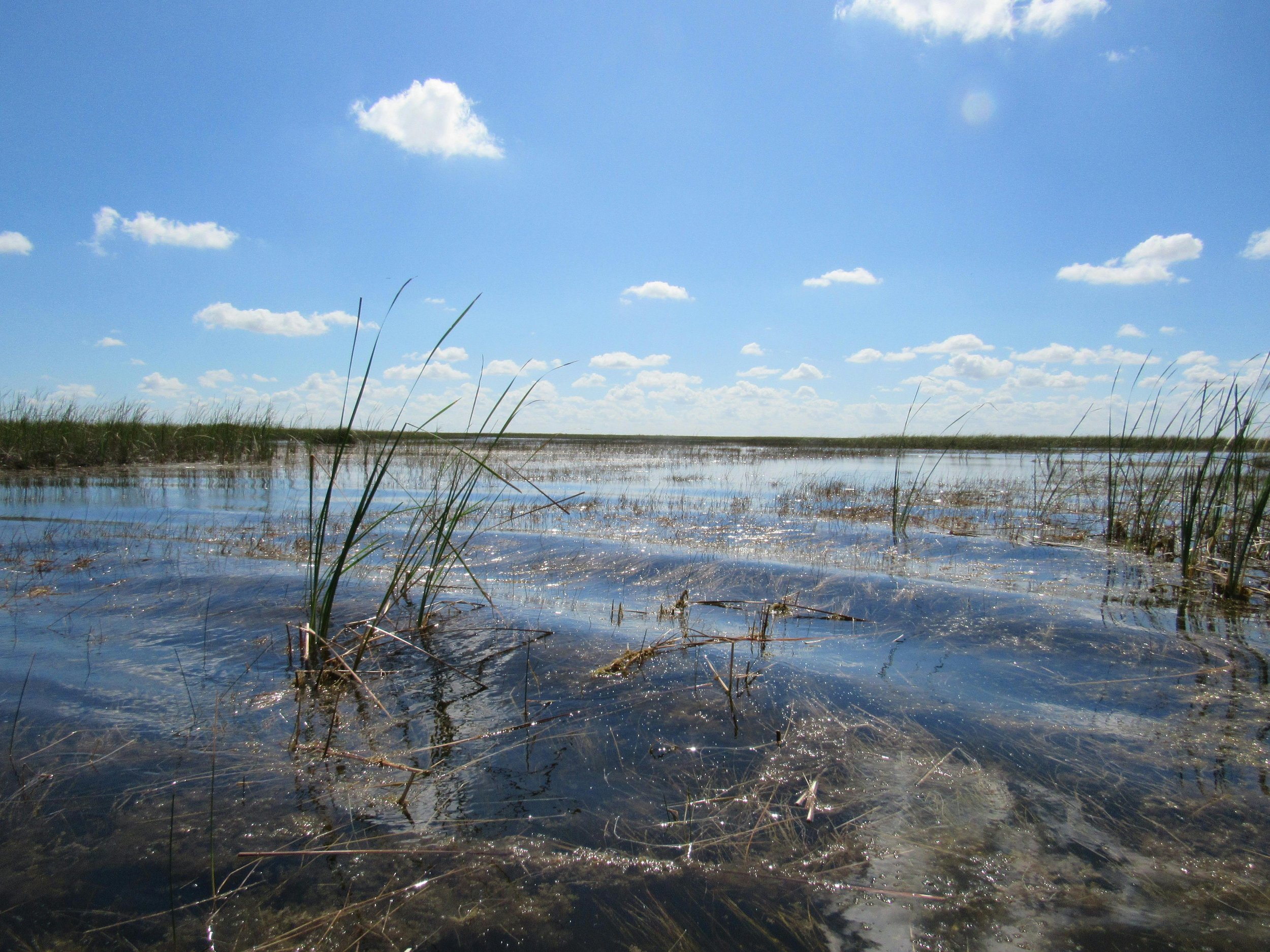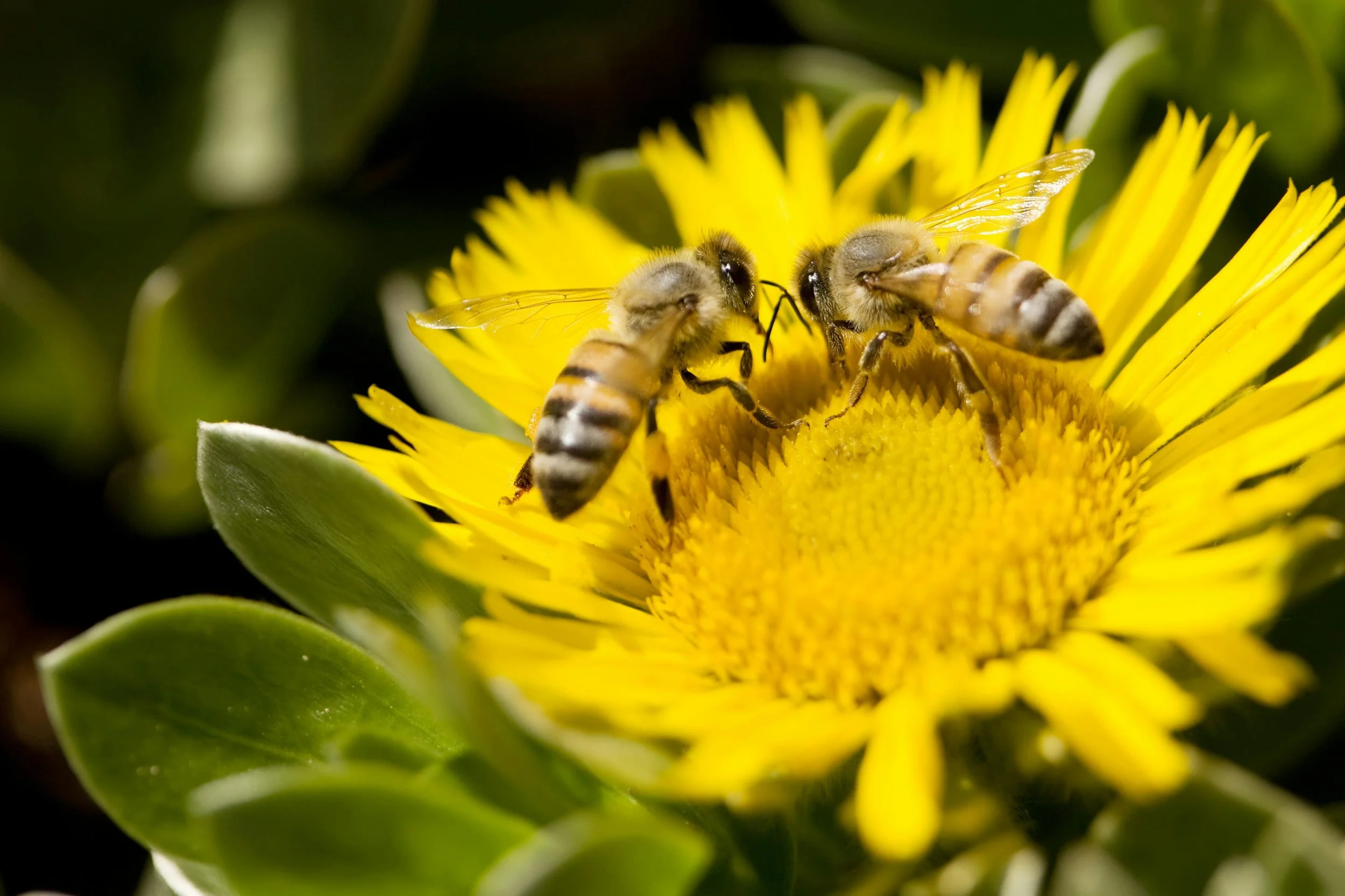River of Grass: Restoration of the Everglades
The authors are students at Marjory Stoneman Douglas High School, and we re-print this May 10, 2025, story with their permission.
In her 1947 book about the vitality of protecting the Everglades, conservationist Marjory Stoneman Douglas famously wrote, “The miracle of the light pours over the green and brown expanse of saw grass and of water, shining and slow-moving below, the grass and water that is the meaning and the central fact of the Everglades of Florida. It is a river of grass.”
The Everglades National Park was opened to the public on Dec. 6, 1947, following a trend of increased awareness about protecting the environment. Stretching across about 1.5 million acres of marshy wetlands, the Everglades remains a unique ecological system, home to over 2,000 different species, 36 of which are listed as endangered.
While work to protect the Everglades is seen as a positive precedent towards modern conservationist work, its current size is an indicator of the effects that drainage and destruction have had on the Everglades. The work of advocates today has helped prevent the Everglades from being further destroyed by developers in the region.
Species of the Everglades
The Everglades formed some 5,000 years ago following the end of the Ice Age. Geologists believe that the decreasing pace of rising sea levels created a buildup of mud and shallow marshes in South Florida. Additionally, as water from nearby Lake Okeechobee flowed into the area, the region flooded, creating the wetlands synonymous with the Everglades ecosystem.
Today, the Everglades contains a unique variety of wildlife, making it stand out from other national parks and ecological systems across the world. It is the only biome where alligators and crocodiles coexist.
According to the National Park Service, the Everglades is the “largest continuous stand of sawgrass prairie in North America and the only subtropical preserve on the North American continent.”
This uniqueness has allowed the Everglades to sustain the lives of unique flora and fauna. More than 164 plant species and thousands of insects reside in the swamp. In 2020, an article on the Greater Miami and Miami Beach website reported there are about 360 bird species, 300 types of fish, 40 mammal species and 50 reptile species living in the Everglades National Park.
“The Everglades has always been a place where me and my family usually take long walks,” MSD sophomore Avantika Prabhu said. “It’s always been a place where I could just clear my mind and watch the sunset and just relax and have fun with my family.”
Both native and invasive species rely on the Everglades for resources. The West Indian manatee and the Florida panther, both native to Florida, have been found in various parts of the swamp. Burmese pythons, originally from southern and southeastern Asia, are invasive, outcompeting other species for food and shelter while rapidly multiplying in the Everglades. Other invasive species, such as hydrilla and lionfish, are doing the same.
The vibrant green iguana; photo courtesy of Julito Elizalde, pexels.com.
History of the Everglades
While the Everglades is known today for its biological diversity, its roots lie with the Native American tribes that once lived in the region. The Calusa, Seminole and Miccosukee tribes all resided in the Everglades. However, when Spanish explorers arrived in Florida during the 16th century, the Calusa tribe was wiped out by European diseases to which they had not yet been exposed.
Meanwhile, the Seminole fought against American forces in 1818, 1835 and 1855 as the U.S. government attempted to force the tribes out of the region. The tribe found refuge in the terrain of the Everglades, which was still foreign to the U.S. government. The conflict ended with a peace treaty, in which the Seminole surrendered over 2 million acres of land in 1856. Today, the Seminole are located in reservations across Florida and have found success outside of the Everglades with casinos in South Florida.
The Everglades National Park, as it is known today, did not see its beginnings until 1928 with the work of two environmentalists: Ernest F. Coe and Marjory Stoneman Douglas.
Coe was an architect and landscaper who drew inspiration from the beauty of the Everglades. Wishing to see such a beauty protected from increased destruction from development, Coe created the Tropical Everglades National Park Association, which later became the Everglades National Park Association, in 1928. Known as the “Father of the Everglades,” Coe’s work is now honored through the Ernest F. Coe Visitor Center in the Everglades National Park.
After spending time in South Florida, Stoneman Douglas became infuriated by residential developers draining the Everglades, which was destroying the wetlands. To help bring attention to the issue across the country, Stoneman Douglas began writing articles about protecting the Everglades, hoping to raise awareness about the importance of the ecosystem.
Her work culminated in the book A River of Grass, which helped to shift public perception of the Everglades, which went from being seen as a sticky swamp to a whimsical wetland deserving of federal and public support for protection. Ironically, despite Stoneman Douglas’ efforts to preserve the Everglades, Marjory Stoneman Douglas High School was actually built on drained land from the Everglades.
Other people have also contributed to the preservation of the Everglades, fighting for its right to exist and thrive. May Mann Jennings, former first lady of Florida from 1901-1905, used her political power to support a wide variety of causes, including those designed to protect the Everglades. In 1916, she created the Royal Palm State Park, which would later become the center of the Everglades National Park.
The Everglades; photo courtesy of Julito Elizalde, pexels.com.
Destruction of the Everglades
Beginning in the mid-1800s, the region of South Florida quickly began seeing exponential growth as white settlers began looking for fertile lands to start their farms. The landscape of South Florida changed with developed, planned housing. As a result, there was an expanding desire for the Everglades to be reduced to make room for neighborhoods, streets and businesses.
“I have lived in South Florida my whole life, right next to the Everglades,” MSD junior Samera Kathuria said. “It can be difficult knowing you live in a developed neighborhood that exists at the expense of a natural wonder.”
In 1850, the Federal Swamp and Overflowed Lands Act was passed, giving the state of Florida complete access to the swamp. Florida’s government quickly encouraged people to move to settlements near Lake Okeechobee and formed the Internal Improvement Fund, which used public money to convince developers to drain the land.
Real estate developer Hamilton Disson bought 4 million acres of land in the Everglades in 1881 and began to drain the land for agricultural purposes. He created a canal from Lake Okeechobee to Lake Hicpochee. This was just the beginning of many other efforts to drain the Everglades.
As the U.S. gained control of more regions across the country, more land was needed to accommodate Florida’s growing population in towns such as Fort Lauderdale and Fort Myers. As people arrived, new roads and canals were created. Mangroves were removed from the shorelines and were replaced with palm trees to ensure good ocean views for new residents.
Railroads constructed by entrepreneurs like Henry B. Plant and Henry M. Flagler cut across the state, including parts of the Everglades. The once united land was now fragmented.
Moreover, the National Industrial Recovery Act of 1933, signed by President Franklin D. Roosevelt, gave him the authority to spend $3.3 billion on construction projects, including some in the Everglades.
In 1948, the U.S. Congress approved the Central and South Florida Project. The project allotted $208 million for the construction of a system of roads, canals, levees and water-control structures throughout South Florida. These were constructed by the Army Corps of Engineers and sponsored by the Central and Southern Flood Control District, later renamed the South Florida Water Management District.
The purpose of the project was to provide flood protection for residents and agricultural land, create a water supply for the Everglades National Park, preserve local fish and wildlife and prevent the intrusion of saltwater. Although these goals were meant to help the Everglades thrive, the alteration of the land, combined with the increasing population, actually resulted in the degradation of the Everglades.
The drainage of the land severely disrupted the flow of water in the Everglades. During the summer of 1996, heavy rains forced the extensive pumping of excess water from farmlands. The water was then deposited on land that was originally reserved for South Florida’s deer population. As a result, hundreds of deer and other species of wildlife drowned.
Furthermore, climate change has also contributed to the destruction of the Everglades. As temperatures have increased, sea levels have risen. Because of Florida’s low elevation, the Everglades is vulnerable to the effects of sea level rise.
Florida mangroves have played an important role in the protection of the swamp. However, as previously mentioned, the many mangroves have been removed, providing a way for the ocean to infest the waters of the Everglades.
This Burmese python was captured in Everglades National Park in Florida, where the invasive snakes have established a large breeding population. (Susan Jewell/USFWS)
Effects of Destruction on the Everglades’ Populations
The drainage of the Everglades has negatively impacted the many native species that depend on the swamp for shelter, protection and nutrients.
Invasive species have also been positively affected by the destruction. The construction of canals and levees throughout the land has allowed for the expansion of pests like water hyacinth and water hydra, both of which cause immense interference with water navigation and flood control. Plus, they deplete oxygen levels and decrease water flow.
The Burmese python, another invasive species, is also flourishing. Originally seen as an exotic household pet, the snakes were released into the wilderness of the Everglades and now thrive in its shallow waters, caused by drainage. With few natural predators, they have severely reduced populations of native mammals, upsetting the ecosystem’s natural balance even further. Other invasive plants, such as melaleuca and Brazilian pepper, have competed with and successfully overtaken native vegetation, further degrading habitats as well.
Many alligators now rely on canals to sustain them and their young. However, their natural habitats, which have slowly been decreasing over time, are the best places for them to nest and maintain populations. This, along with the poaching and hunting of many alligators, led to the endangerment of the species in 1967.
Due to protection efforts, the population has made a dramatic recovery and was removed from the endangered species list in 1987. Even so, hunters and civilians still continue to kill alligators.
“It’s really sad that the alligator population is suffering in its own natural habitat because of human activity,” MSD sophomore Lucy Woo said. “I’m really glad that I got the opportunity to see them in person when I went on a field trip to the Everglades, and it sucks to think that future generations may not be able to experience that.”
Other species depend on higher water levels to thrive. By draining the Everglades, the depth of its waters decreases, cutting species off from the resources they need. According to a 2018 article in Audubon Magazine, wading birds, like herons, egrets, ibises and roseate spoonbills, have seen a nearly 90% decline since the 1900s. These birds survive off the seasonal flooding and drying of the Everglades’ wetlands to feed and nest. However, human-controlled water levels and systematic drainage have disrupted their natural cycle, leaving many birds without proper breeding grounds and consequently lowering reproduction levels.
Similarly, the endangered Florida panther, once common throughout the state, now survives in only a small portion of its original range due to habitat loss and fragmentation. Manatees, alligators and other iconic species have also been affected by the reduction in clean, flowing water and the destruction of key habitats.
Other wildlife, such as small animals and fish, have also experienced decreasing populations as their habitats have been destroyed. Changes in the availability of nutrients directly affects plants and algae, leading to dwindling numbers. As they are the foundation of the food webs in the Everglades, the species that use them for nourishment are also affected.
The human population is impacted by the destruction of the Everglades, too. The Everglades helps recharge the Biscayne Aquifer, a major source of drinking water for more than 8 million people in South Florida. As wetlands disappear and become polluted, the risk of water shortages and contamination increases.
“The Everglades is important because it plays a vital role in water filtration and flood control,” MSD junior Shrutika Bandiathmakur said.
Benefits of the Everglades and Restoration Efforts
Since the region of South Florida began domestic development in the 1920s, there has been a rapid decline of the Everglades. It was not until the advocacy of environmentalists that the exponential decline stabilized and the Everglades’ importance was recognized.
Around one-third of all Floridians depend on the Everglades for drinking water. Threats to the Everglades are also threats to the supply of drinking water for the central and southern regions of the state. By shrinking the Everglades, thousands of people will be unable to receive the resources they need to survive.
According to a 2023 article from the Everglades Foundation, “an essential component of restoration is increasing the quantity of water delivered to the Everglades. The primary means of doing this is by reconnecting Lake Okeechobee to the Everglades through improved operations such as the Lake Okeechobee System Operating Manual and large storage reservoirs such as the Everglades Agricultural Area Reservoir project. Increasing freshwater flow will also have downstream benefits in Florida Bay, reducing the frequency and severity of hypersalinity conditions that can lead to seagrass die-offs.”
To help combat the growing climate crisis brought about by Everglades’ drainage, Congress passed the Comprehensive Everglades Restoration Plan in 2000, a multi-billion-dollar plan with over 68 project components of restoration.
The project components of CERP are necessary to complete the restoration puzzle and restore the connected ecosystems of the greater Everglades. Key elements of the plan are in various stages of planning, construction and implementation by the state’s South Florida Water Management District and the federal government’s U.S. Army Corps of Engineers, which have a 50/50 partnership.
“I’m glad to know that there is more attention being brought to protecting the Everglades from the federal level,” senior Vincent Ciullo said. “I hope that this legislation will bring positive changes to the Everglades and help it grow back to its original size.”
Impact of the Everglades
Advocacy work regarding the Everglades is still present in the 21st century, following the grassroots movements pioneered by Stoneman Douglas almost 100 years ago.
Due to its biological diversity, the Everglades remains a source of inspiration for many artists and photographers. Sophomore Connie Chao made an art piece for the MSD media center, in which she drew inspiration from the Everglades.
“A lot of my paintings are based on landscapes and the environment,” Chao said. “The Everglades really inspires [me] because it’s where I live, and this is Florida, and the Everglades is a really big part of South Florida’s climate and culture. I wanted to represent that in my art and help raise awareness just like Marjory Stoneman Douglas, who our school is named after, did through her advocacy.”
Junior Agnes Stephen feels similarly, describing the Everglades as a place where she can reconnect with nature and feel more connected to her South Floridian identity.
“The Everglades have been such a big part of my life since I went on a field trip there in fourth grade,” Stephen said. “I realized how big it is and just how close I lived to historic and national treasure. The Everglades must be protected, so future generations can experience its beauty years from now.”
The Everglades is more than a wetland; it is a home to diverse species and an inspiring force to many people, having remained resilient through destruction. Conservation efforts have proven effective in the past, but there is still much more to do. The government and Floridians’ choices will determine how Florida’s landscape changes. Efforts from the government and activists have ensured that the Everglades will be preserved so future generations, as well as today’s society, can experience all that the unique ecosystem has to offer.
River of Grass: Restoration of the Everglades © 2025 by Youth Environmental Press Team is licensed under CC BY-NC-ND 4.0. To view a copy of this license, visithttps://creativecommons.org/licenses/by-nc-nd/4.0/






